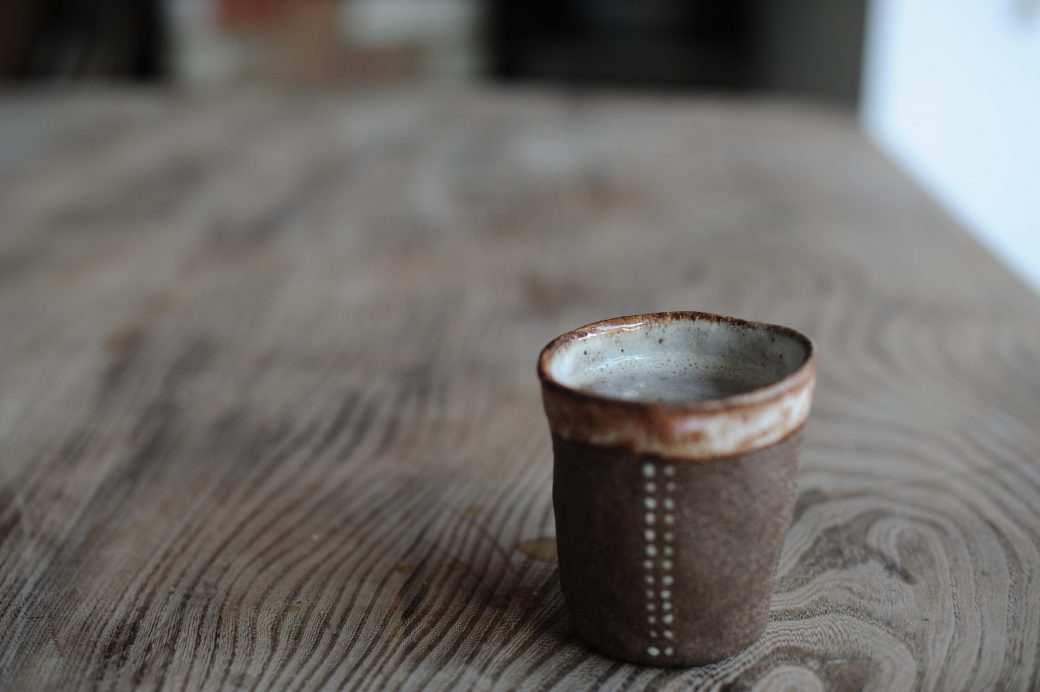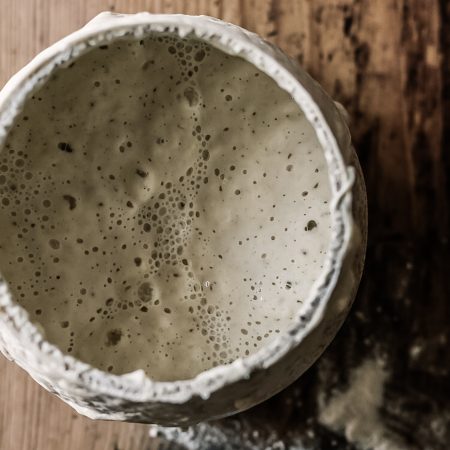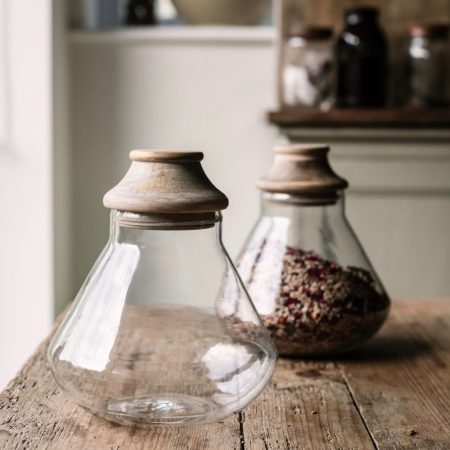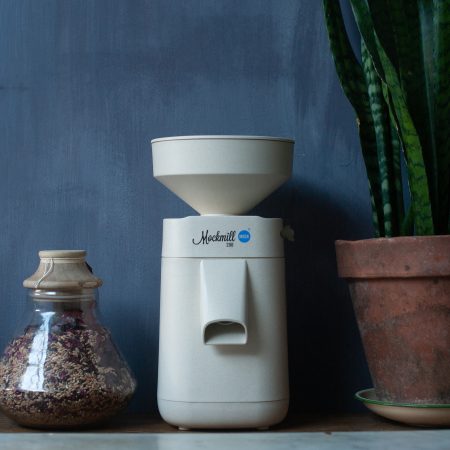Kvass has a tangy, earthy, malted taste, quite similar to a deep, dark beer. It is wonderfully refreshing and thirst-quenching, almost with a slight saltiness to it. Running through it is a naturally sweet backbone, from the rye or black breads used to make it, with added sharp notes from the acids produced by the fermentation. Though many naturally fermented drinks can be an acquired taste, they have layer upon layer of complex flavour which makes them endlessly fascinating...I make mine of course with sourdough bread...
To continue reading about this recipe and get UNLIMITED access to the most comprehensive online library of video tutorials, recipes, experts and tips, subscribe now to The Sourdough Club
Learn to make sourdough – you will be able to order a free sourdough starter to get you going. Start your journey today and find out more about how sourdough is the healthiest bread, and how to apply our 7 core principles to your baking to help your digestion and benefit your overall health and wellbeing.
There is a world of information and core knowledge inside the Club, and you will be supported by a whole community of bakers as you learn.
The Club is alive with baking and conversations: discover the latest research, tips, enjoy regular inspiring recipes and brilliant webinars, explore our lively and interactive forum and get access to member discounts. You will also get updates with news to be in the know before anyone else about the latest books by Vanessa Kimbell and the courses on offer at the Sourdough School.
To join the Sourdough Club, click here.
If you are not able to join at the moment, then please subscribe to our Sourdough Club magazine and keep up to date.
In the meantime, please do follow us on Instagram & Facebook.
LOVE BAKE NOURISH




